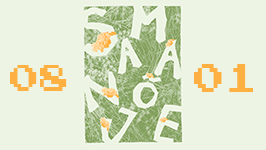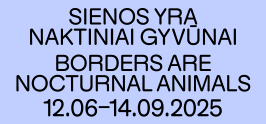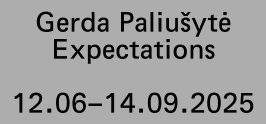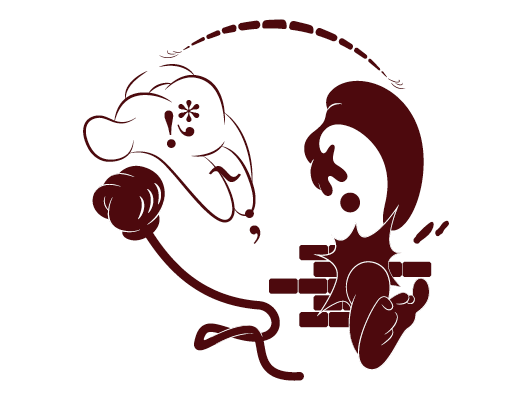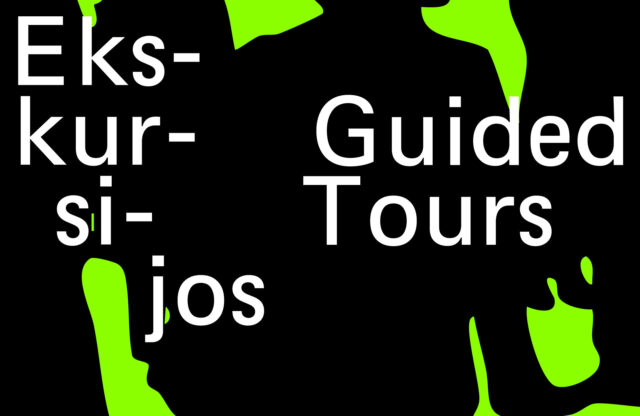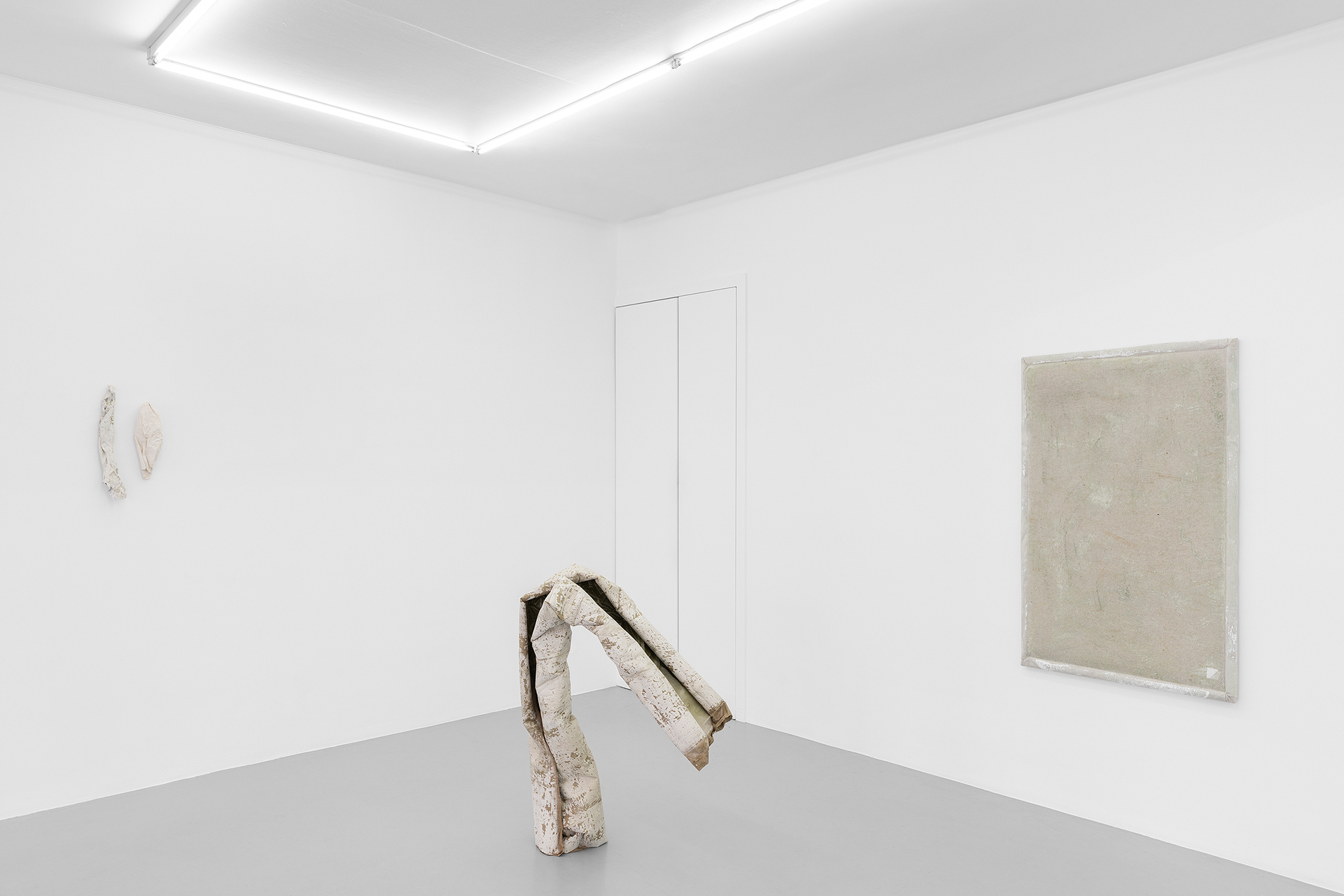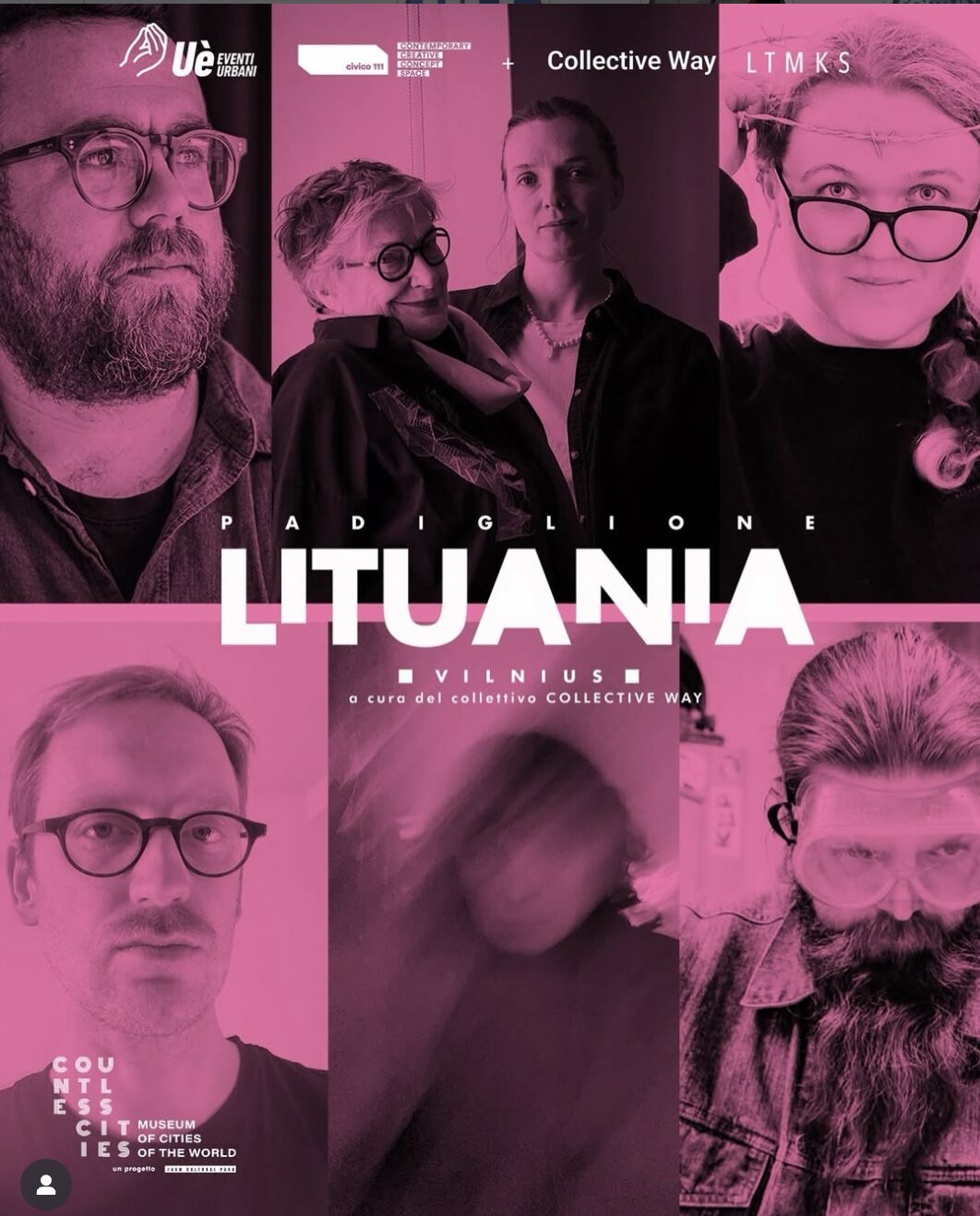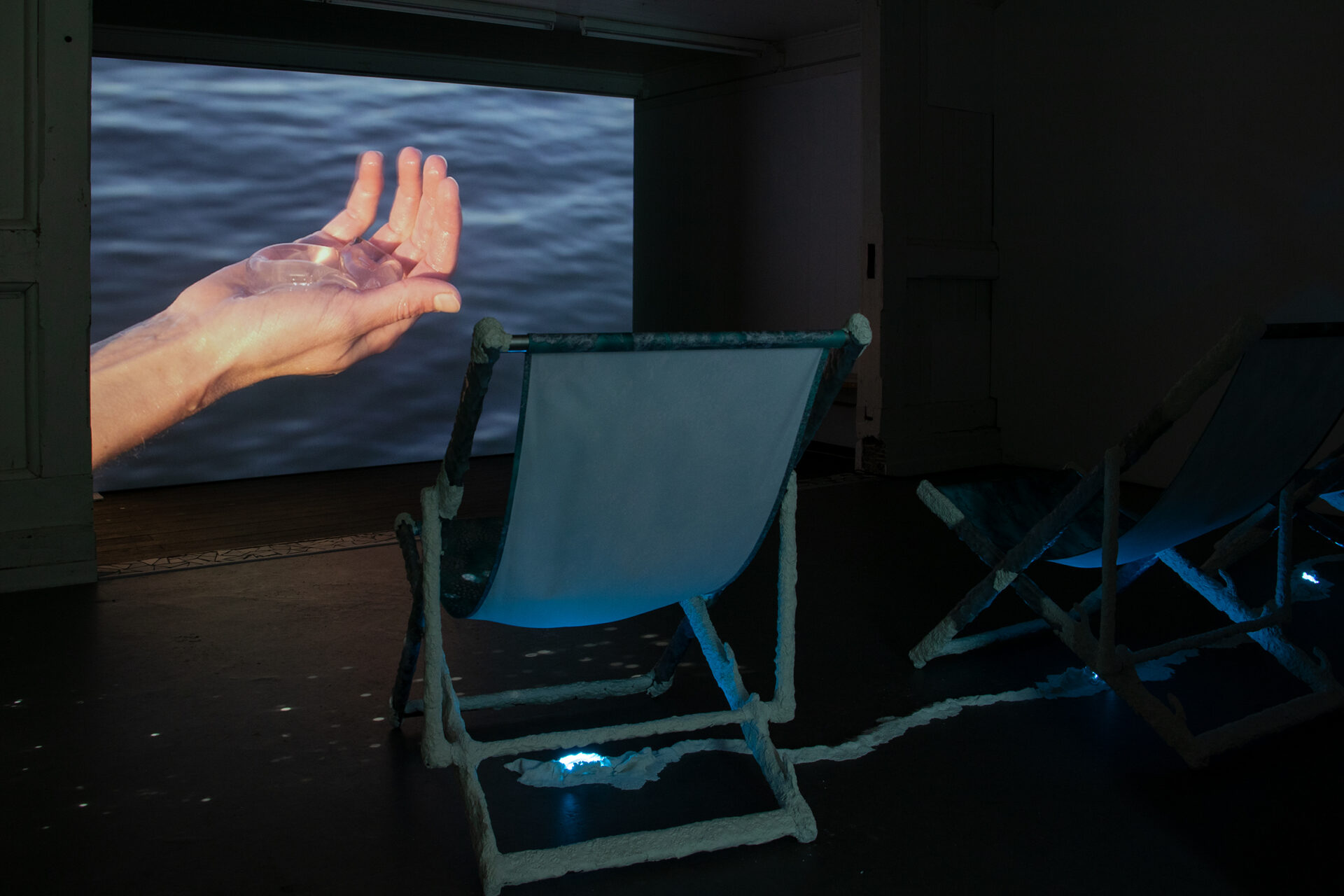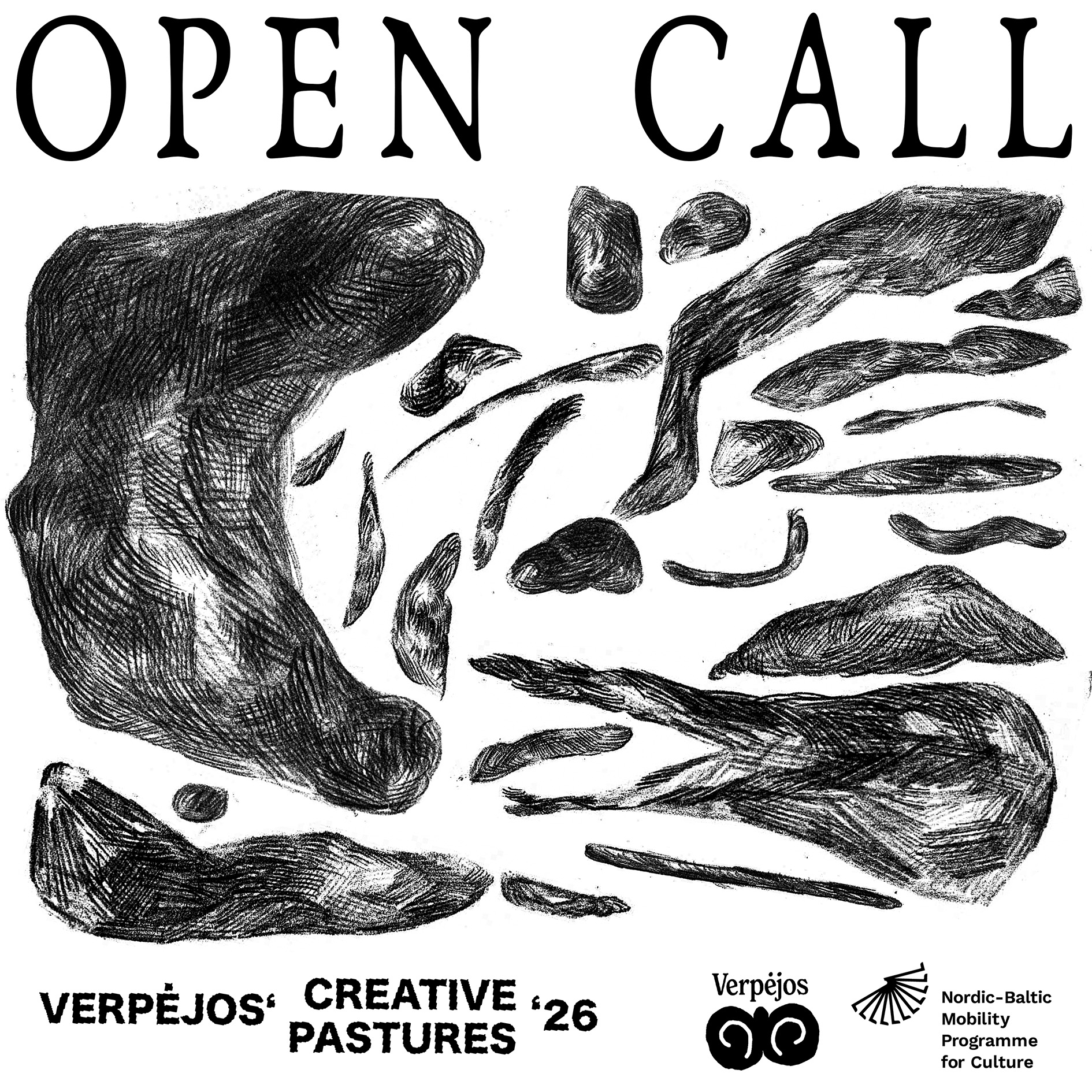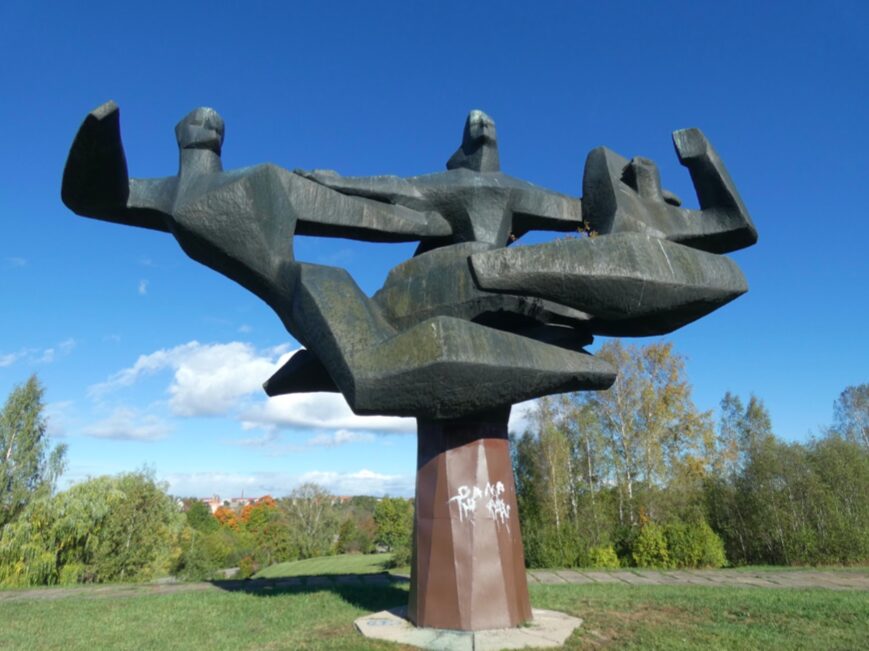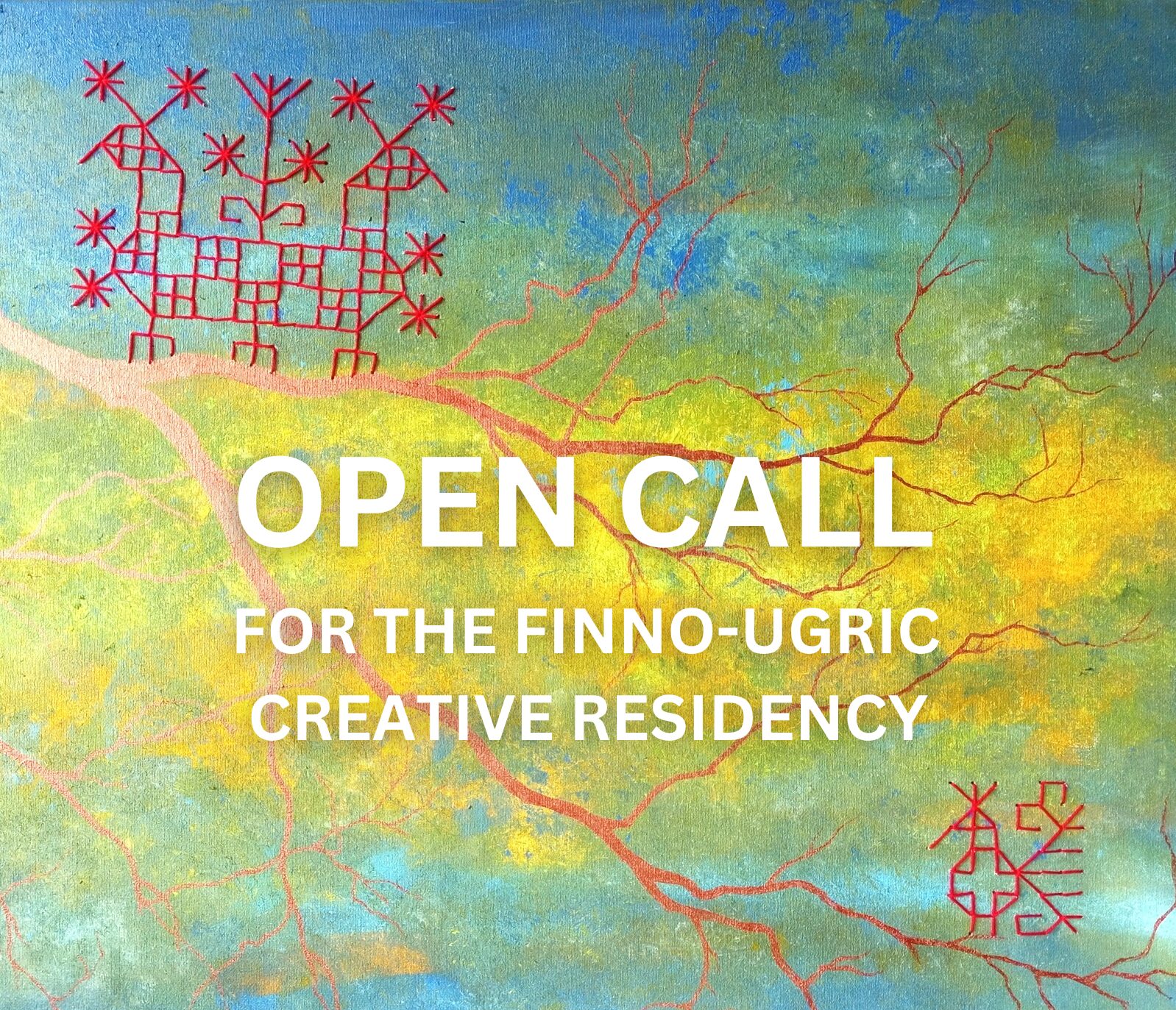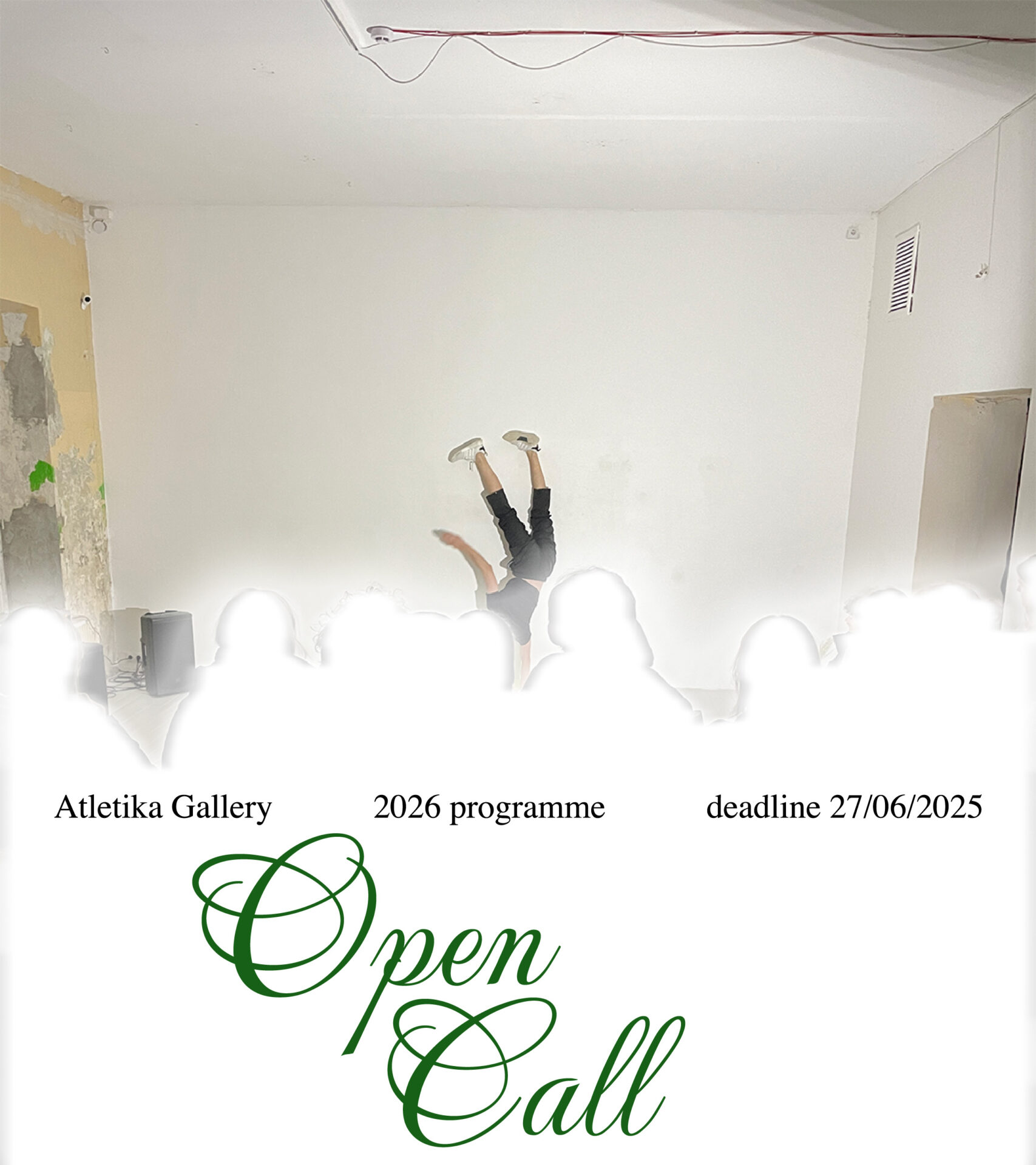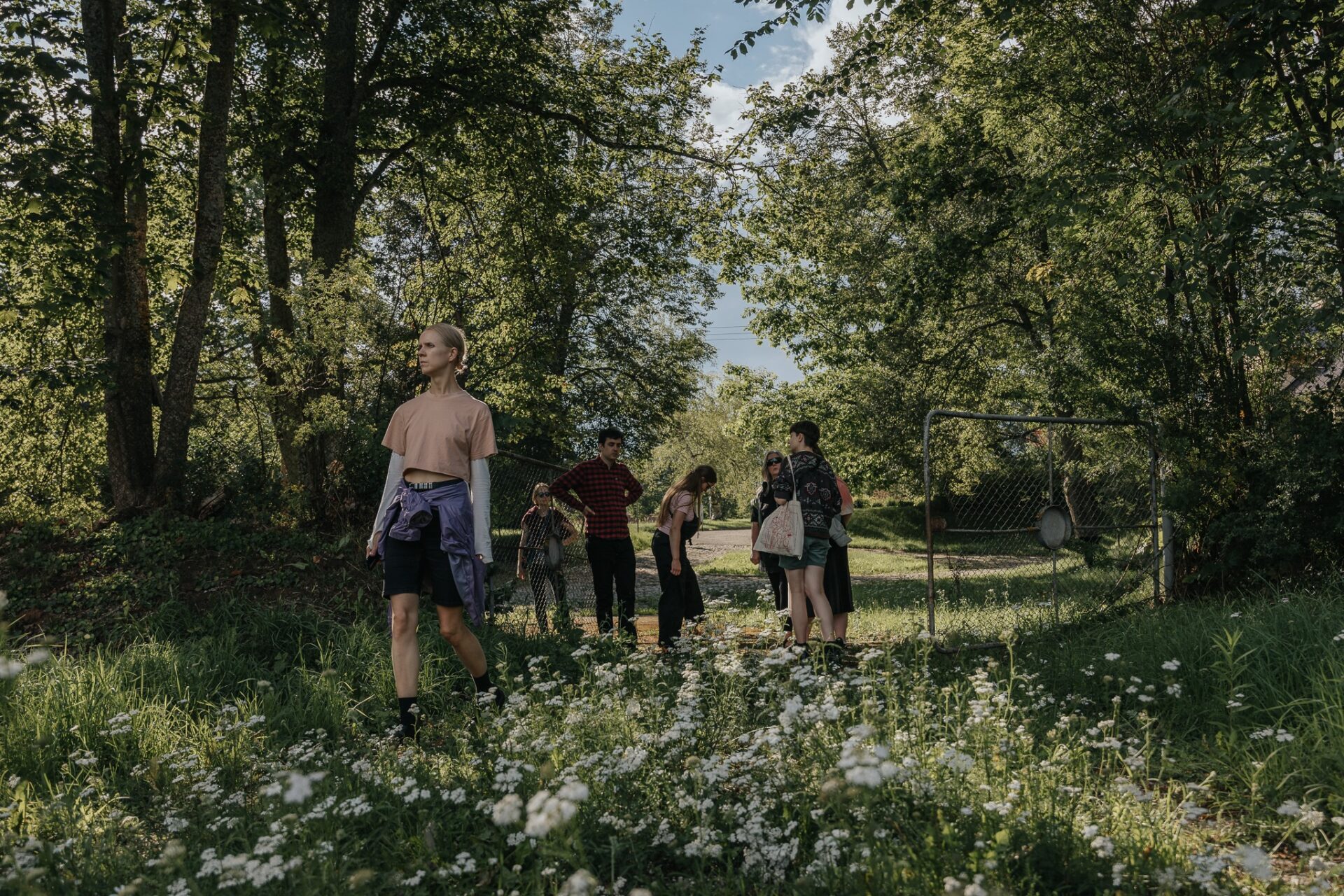NPC (now the Internet’s favourite insult ) refers to the pre-programmed characters in video games that can only engage with the player through a limited number of catchphrases. And although actual NPCs vary from canine companions to fantastic creatures, the term is usually applied to dull, insignificant and highly predictable people. Putting aside its misanthropy, this meme unintentionally captures the essence of Friedrich Nietzsche’s philosophical attitude to his prophesied last man (in German Letzter Mensch), a type of abstract person who only seeks passive comfort and routine. Our own behaviour, as exhibition visitors, in the eyes of the artists, probably resembles that of non-player characters: we often move aimlessly through the space, lingering in front of some of the artworks, completely ignoring others, engaging in small talk with other exhibition-goers, and yet somehow repeating the same buzzwords and opinions. This personal experience becomes highly universal and duplicable, as is the case in the exhibition ‘Non-Player Character’ by Bob Bicknell-Knight at the KCCC Exhibition Hall (curated by Off Site Project).
The cultural implications of video games are undeniable. We now realise that electronic technology is more than just a tool or a toy; it is also a new environment, an ecosystem, that has an impact on nearly every aspect of our lives. Therein lies a question: when does technology become culture, or maybe rather at what point do technology and culture become indistinguishable from each other? People playing computer games tend to experience its environment not only as digital images, sounds and data, but also as a separate reality with its own culture. A good example of this is the online video game ‘Fortnite’, in which the depicted dances became all the rage a couple years ago. These dances came full circle by being taken from real life, repurposed in the virtual world, and reintroduced into the natural world again. But not all merging points of culture and technology are so obvious. Media and computer technologies tend to blend into cultural forms and become a part of technological culture, as they grow more complicated, invisible and pervasive. Additionally, the density and the complexity of technological culture increases, as more and more areas of the world are exposed to technology simulation and digitalisation, until it is eventually seen as our very surroundings. So there is no saying whether one day the different NPC quotes shown in the series of paintings by Bob Bicknell-Knight will become common sayings with long-forgotten origins. The election season will begin soon, and we will see political slogans that in essence are not so different to these NPC quotes.
Although video games offer consequence-free reality without death, the artist introduces a type of NPC ‘pet cemetery’ in his interactive video game ‘Gone But Not Forgotten’. Can a world that is completely based in immateriality have an after-life? Or is it just the mirror image of our own futile efforts to prove to ourselves that there is something after death? Our own concepts of a mythical spiritual realm collide with the physically intangible world of data that we have already clumsily created ourselves. While smart headstones that engage digitally with mourners are already available, the next step is holographic projection for grave memorials. None of this has anything to do with the actual dead: it’s about the desire of the living to tame the unknown, to save ‘the data’. In this video game, instead of an open space perspective, you are immersed in an inverted depth, where you yourself become the furthest point of perspective. It can be called a process of reality leakage.
Video games use death merely as a plot device, because they are unable to create tragic heroes, real people whose demise reveals their tragic nature. Death itself becomes a character or a part of a play, because it is unable to separate those it touches from their energy source. The effect is eerie, because death is present in the fictional world, and interrupts but does not end the routines of play and exploration. The central work in the exhibition is the CGI film ‘Non-Player Character’, which shows what hostile NPCs could be going through, being repeatedly defeated, until their data becomes unreadable. A voice-over explains: ‘During our alphas we were scared of death, of our coded lives being erased from the flat plain. As our surroundings became increasingly developed, death was swiftly trivialised for the masses, an unambiguous reminder of the rigid structures that we collectively live by, controlling our environs and weighted actions.’ As is the case with most video games, losing a fight results in death, which is followed by being temporarily removed from the fictional world. Even though for the player this activity is mostly pointless and repetitive, each of these occasional jolts gives some time to ponder the bigger story.
It is said that while walking through a busy market, the Greek philosopher Socrates famously said: ‘How many things I don’t need!’ But would he change his mind if the things offered to him had no practicality, like artefacts from the allegory of the cave, mere shadows of real objects? The sculptural installation Vendor Trash by Bob Bicknell-Knight explores collectible items from the post-apocalyptic video game series ‘Fallout’. These objects are mostly useless to the player, and yet quite desirable trinkets to the NPC population of the game. By being 3D printed, these pieces become even vaguer remains of the real life objects that inspired them. What’s the use of a plastic Rolleiflex camera-shaped thing that cannot take photographs? Paradoxically, technical reproducibility itself becomes the ultimate goal, no longer ruled by the rational need to be functional, but only by its own logic of reproduction, its own ‘aesthetics’. This sculptural installation exists on the threshold of virtuality and materiality, speculating on how one world extends to the other in the context of consumer culture and globalisation.
Although the term NPC is loaded with contempt for the dull masses, the ‘sheeple’, it does not need to have derogatory implications in order to help develop a theoretical concept of the character of contemporary life and culture. Video game play is perhaps intrinsically related to human attempts to comprehend the fundamental nature of being. Many myths and legends involve destiny and prophecies. In most cases, they centre on someone who realises that their fate is sealed. A deviation from a prophecy will only lead to the fulfilment of predictions, but modern people seem to be free to determine their own destiny. Perhaps the remedy for a philosophical, zombie-like existence is to raise one’s consciousness, so ‘choose your player’ wisely.
The exhibition ‘Non-Player Character’ by Bob Bicknell-Knight is at the KCCC Exhibition Hall until 19 February.

The exhibition ‘Non-Player Character’ by Bob Bicknell-Knight at the KCCC Exhibition Hall, 2023. Photo: Egidijus Jankauskas
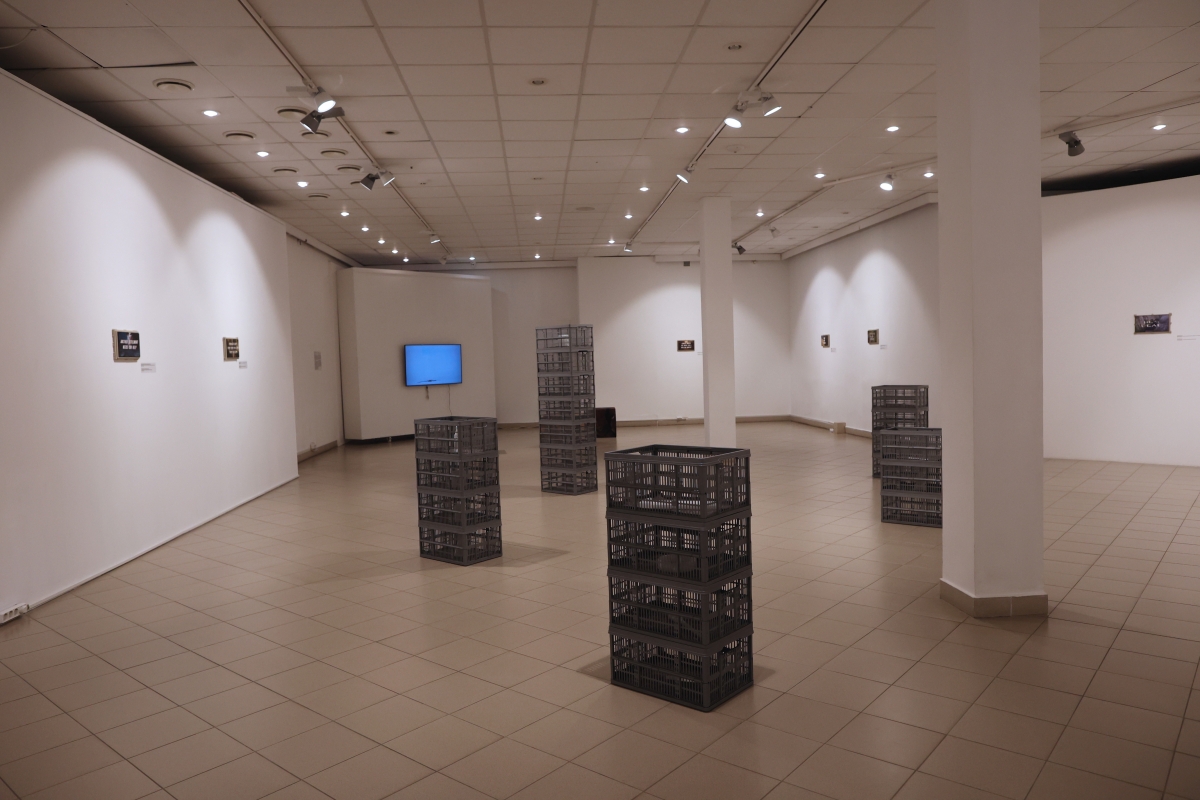
The exhibition ‘Non-Player Character’ by Bob Bicknell-Knight at the KCCC Exhibition Hall, 2023. Photo: Egidijus Jankauskas
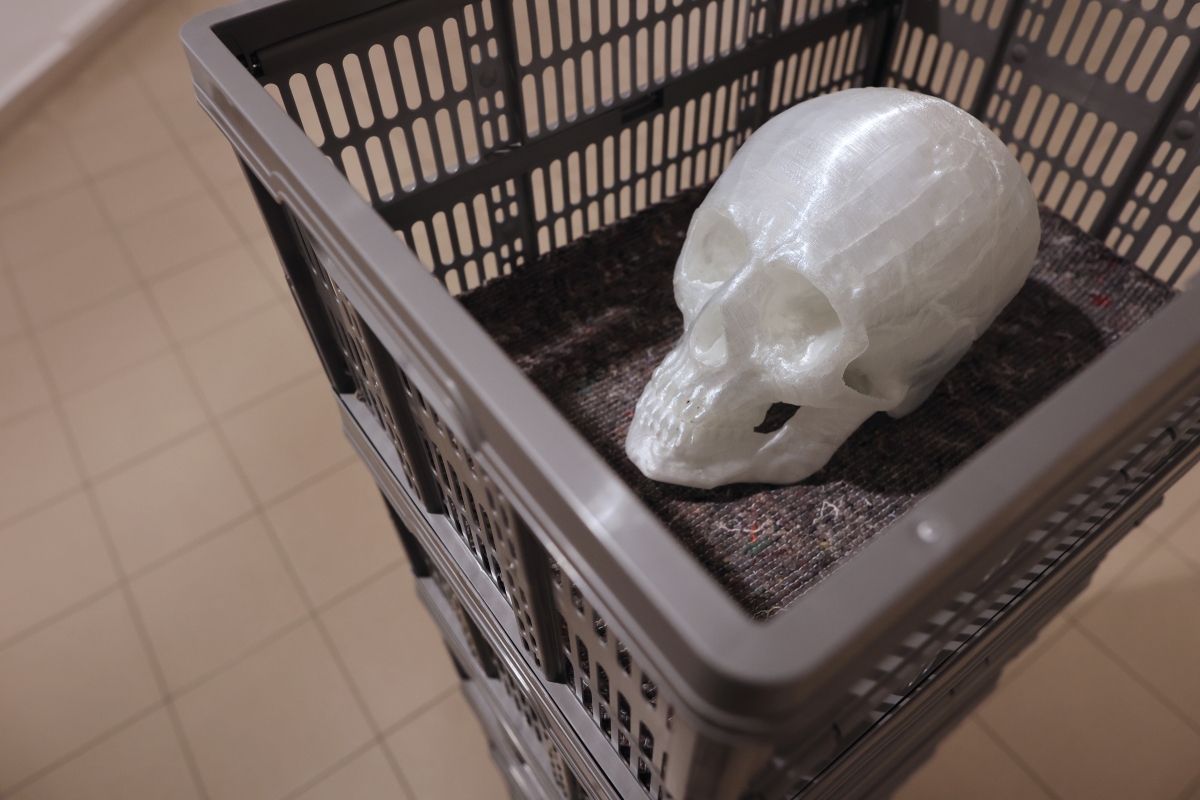
The exhibition ‘Non-Player Character’ by Bob Bicknell-Knight at the KCCC Exhibition Hall, 2023. Photo: Egidijus Jankauskas

The exhibition ‘Non-Player Character’ by Bob Bicknell-Knight at the KCCC Exhibition Hall, 2023. Photo: Egidijus Jankauskas

The exhibition ‘Non-Player Character’ by Bob Bicknell-Knight at the KCCC Exhibition Hall, 2023. Photo: Egidijus Jankauskas
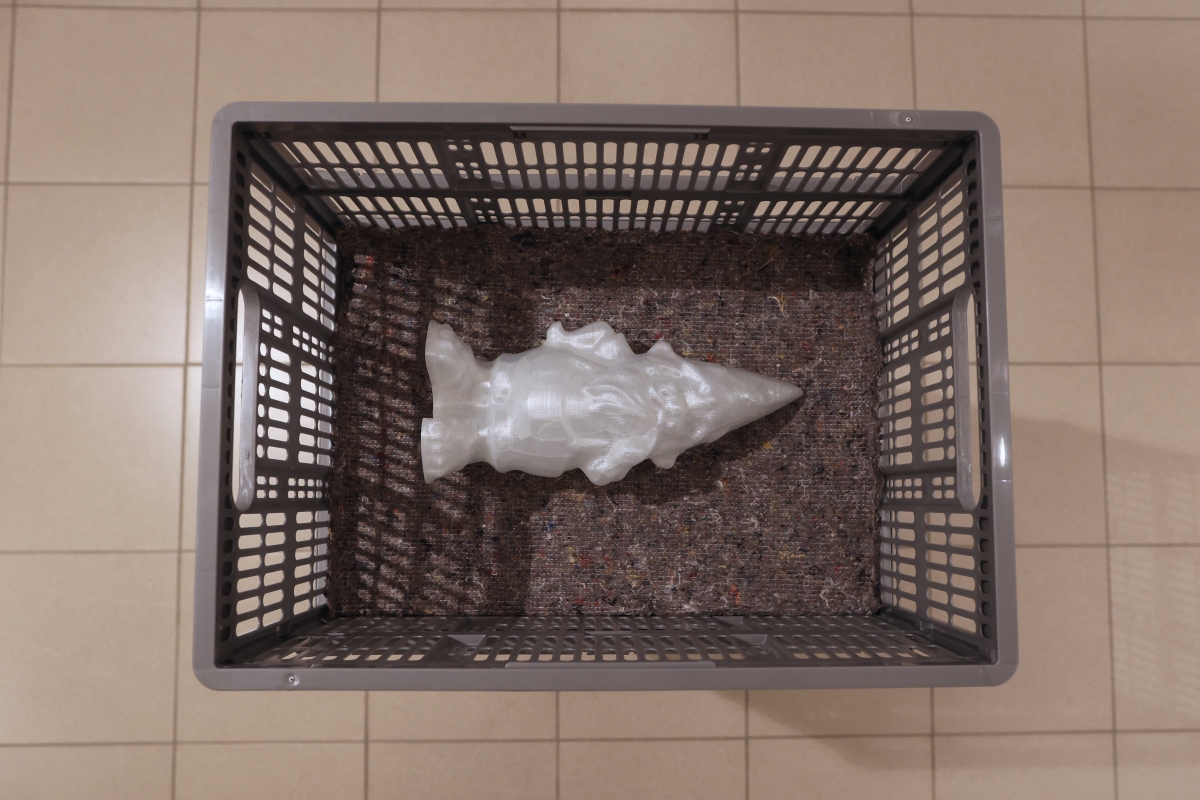
The exhibition ‘Non-Player Character’ by Bob Bicknell-Knight at the KCCC Exhibition Hall, 2023. Photo: Egidijus Jankauskas

The exhibition ‘Non-Player Character’ by Bob Bicknell-Knight at the KCCC Exhibition Hall, 2023. Photo: Egidijus Jankauskas
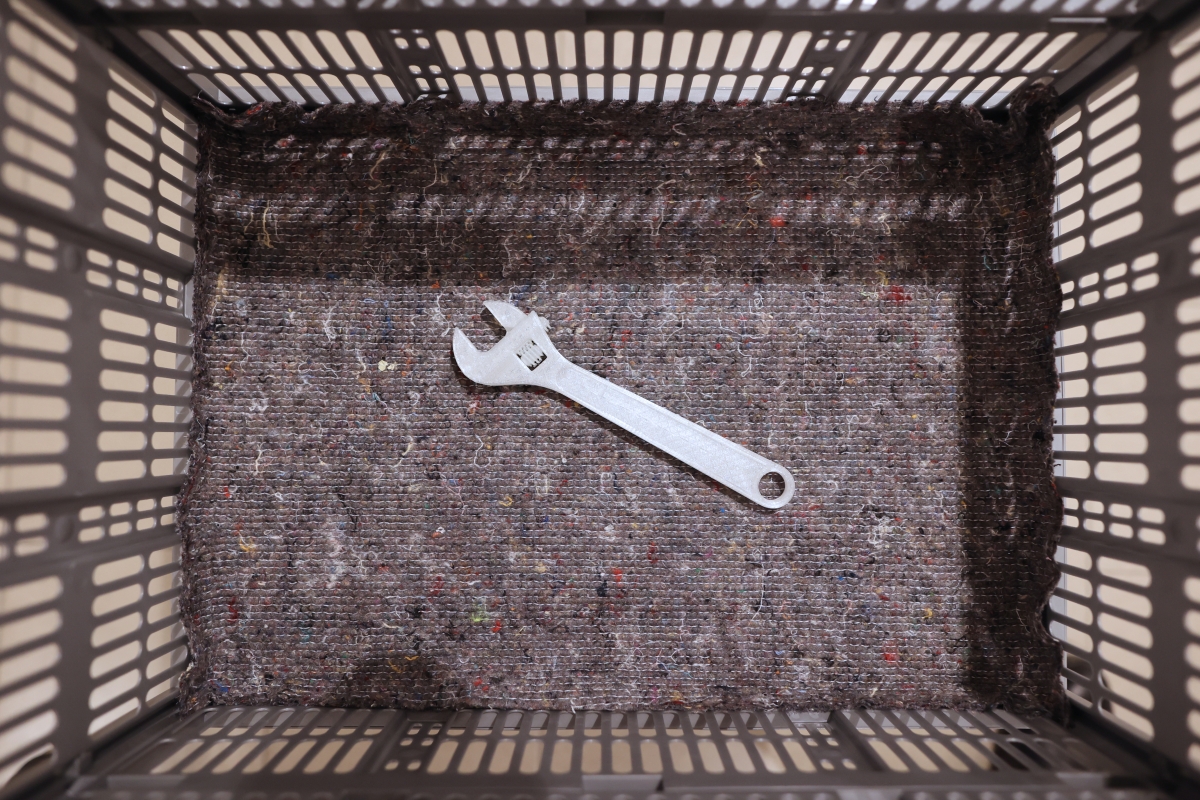
The exhibition ‘Non-Player Character’ by Bob Bicknell-Knight at the KCCC Exhibition Hall, 2023. Photo: Egidijus Jankauskas

The exhibition ‘Non-Player Character’ by Bob Bicknell-Knight at the KCCC Exhibition Hall, 2023. Photo: Egidijus Jankauskas
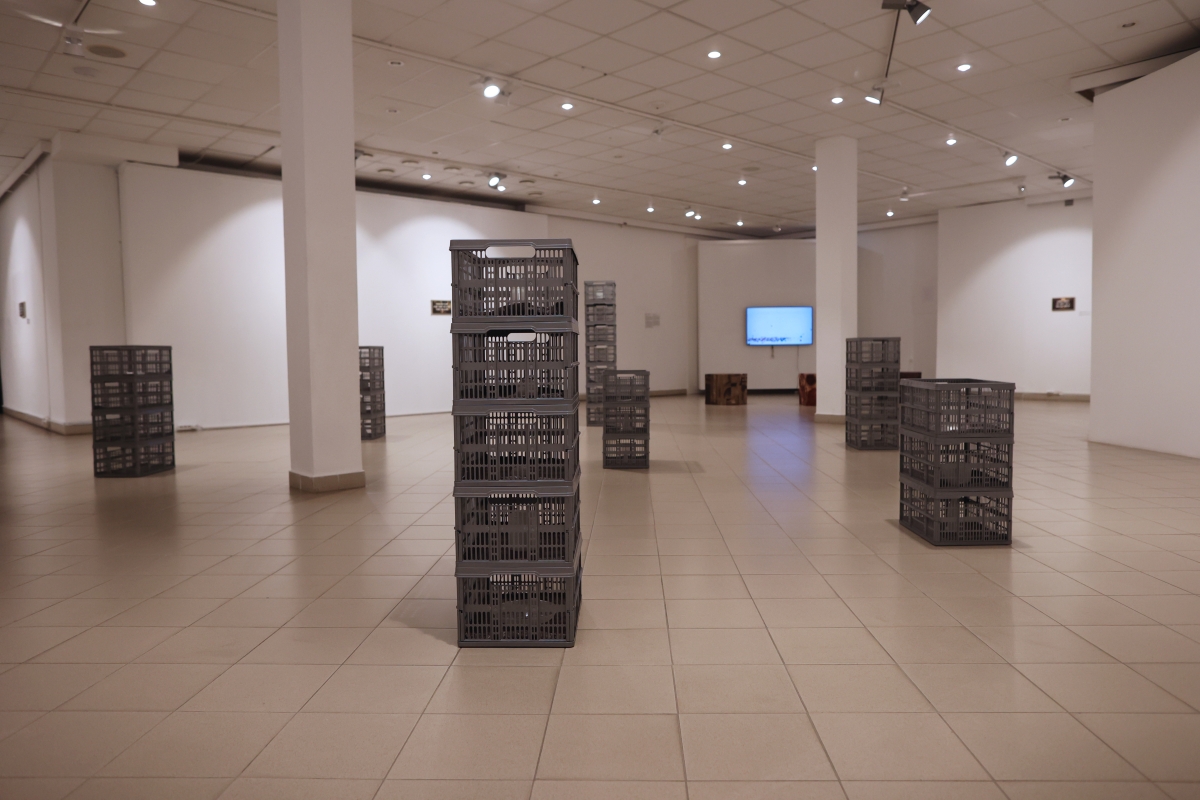
The exhibition ‘Non-Player Character’ by Bob Bicknell-Knight at the KCCC Exhibition Hall, 2023. Photo: Egidijus Jankauskas
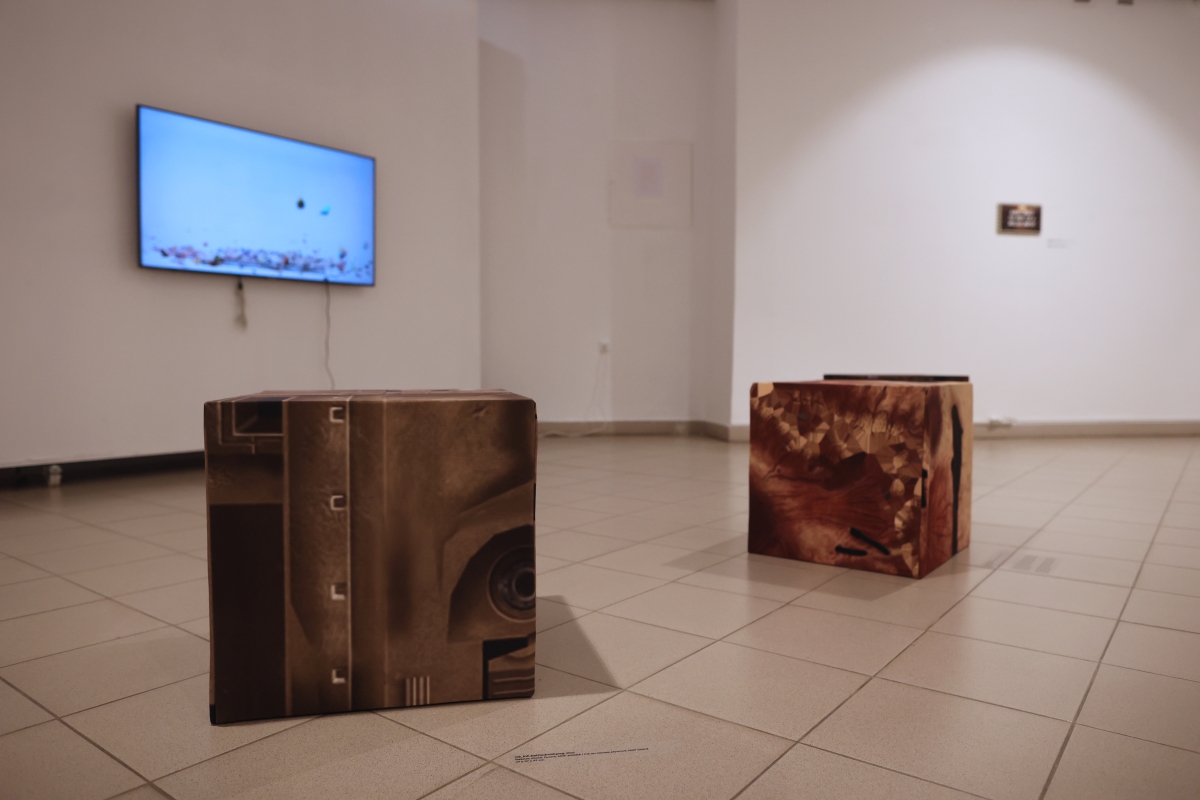
The exhibition ‘Non-Player Character’ by Bob Bicknell-Knight at the KCCC Exhibition Hall, 2023. Photo: Egidijus Jankauskas
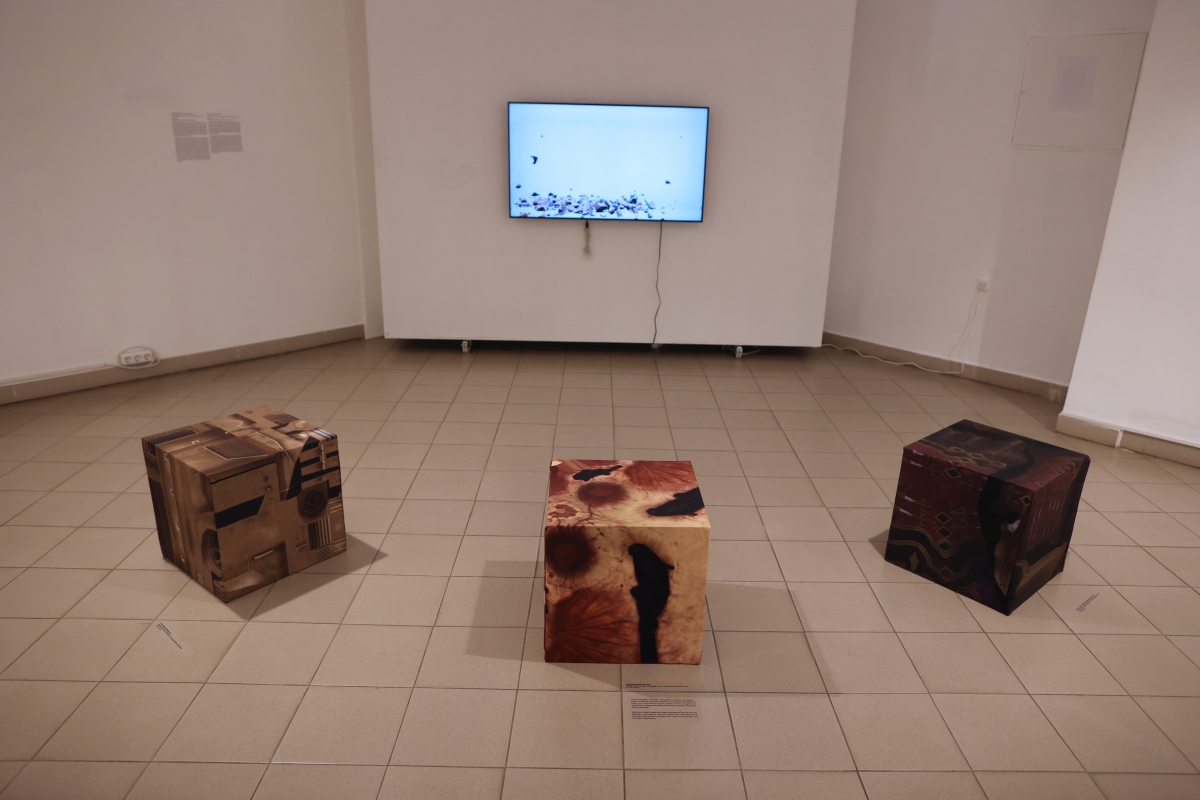
The exhibition ‘Non-Player Character’ by Bob Bicknell-Knight at the KCCC Exhibition Hall, 2023. Photo: Egidijus Jankauskas
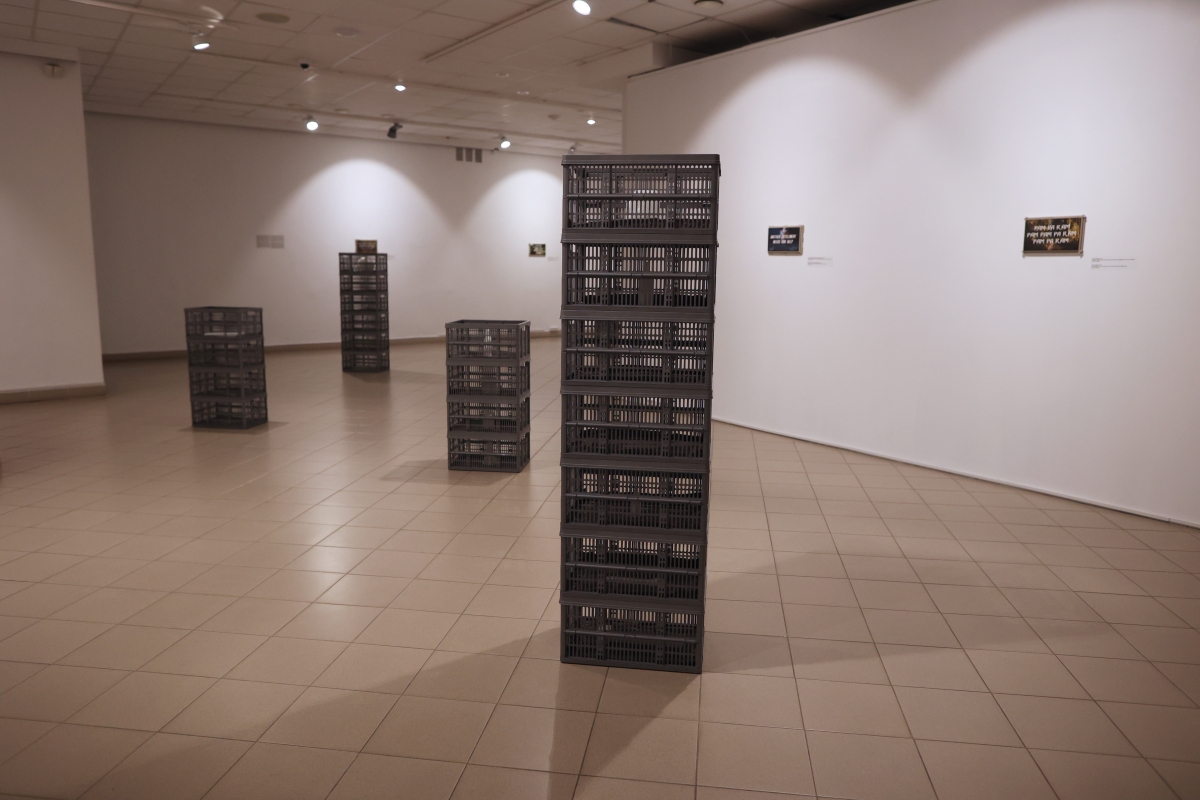
The exhibition ‘Non-Player Character’ by Bob Bicknell-Knight at the KCCC Exhibition Hall, 2023. Photo: Egidijus Jankauskas



The exhibition ‘Non-Player Character’ by Bob Bicknell-Knight at the KCCC Exhibition Hall, 2023. Photo: Egidijus Jankauskas
